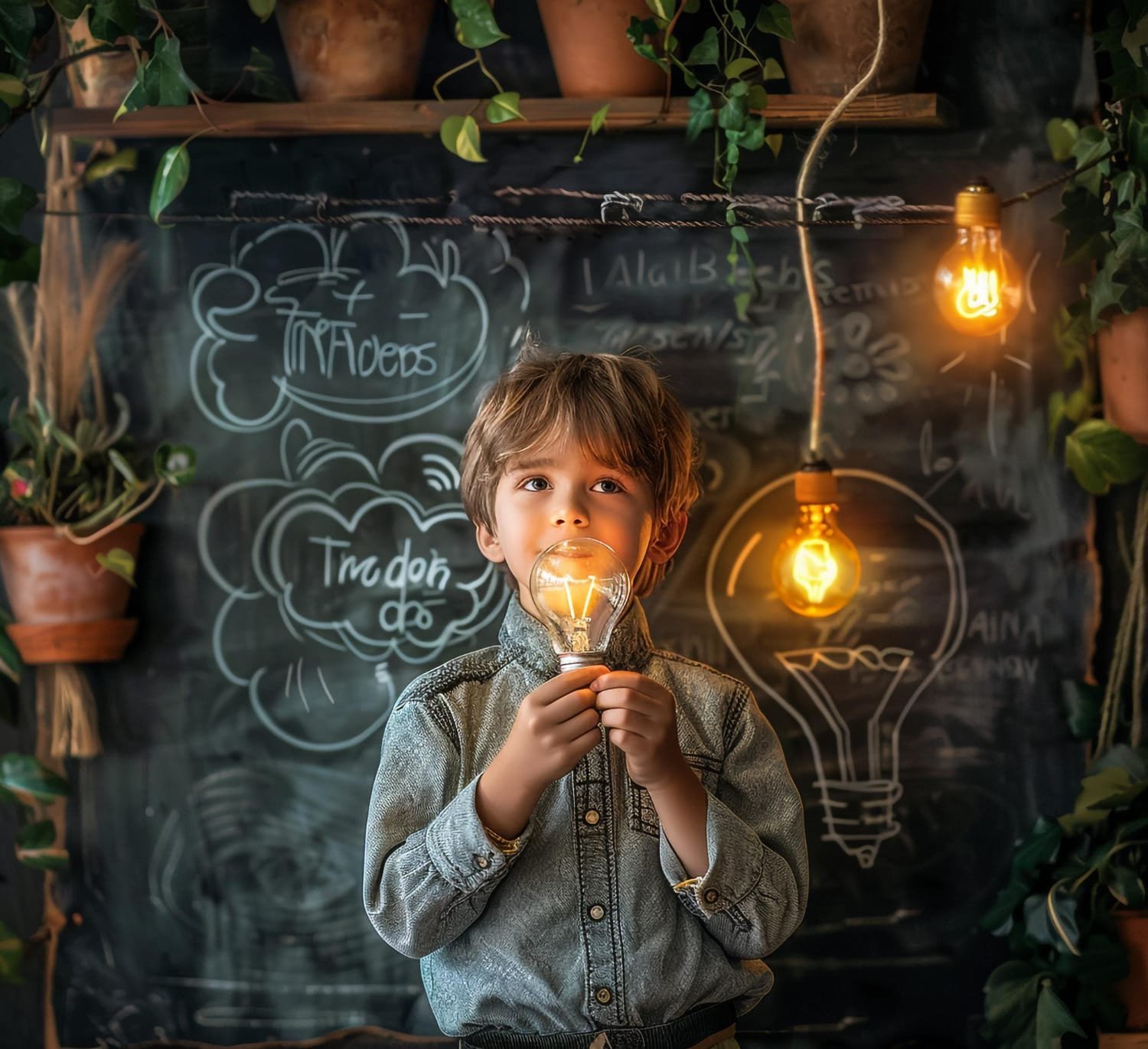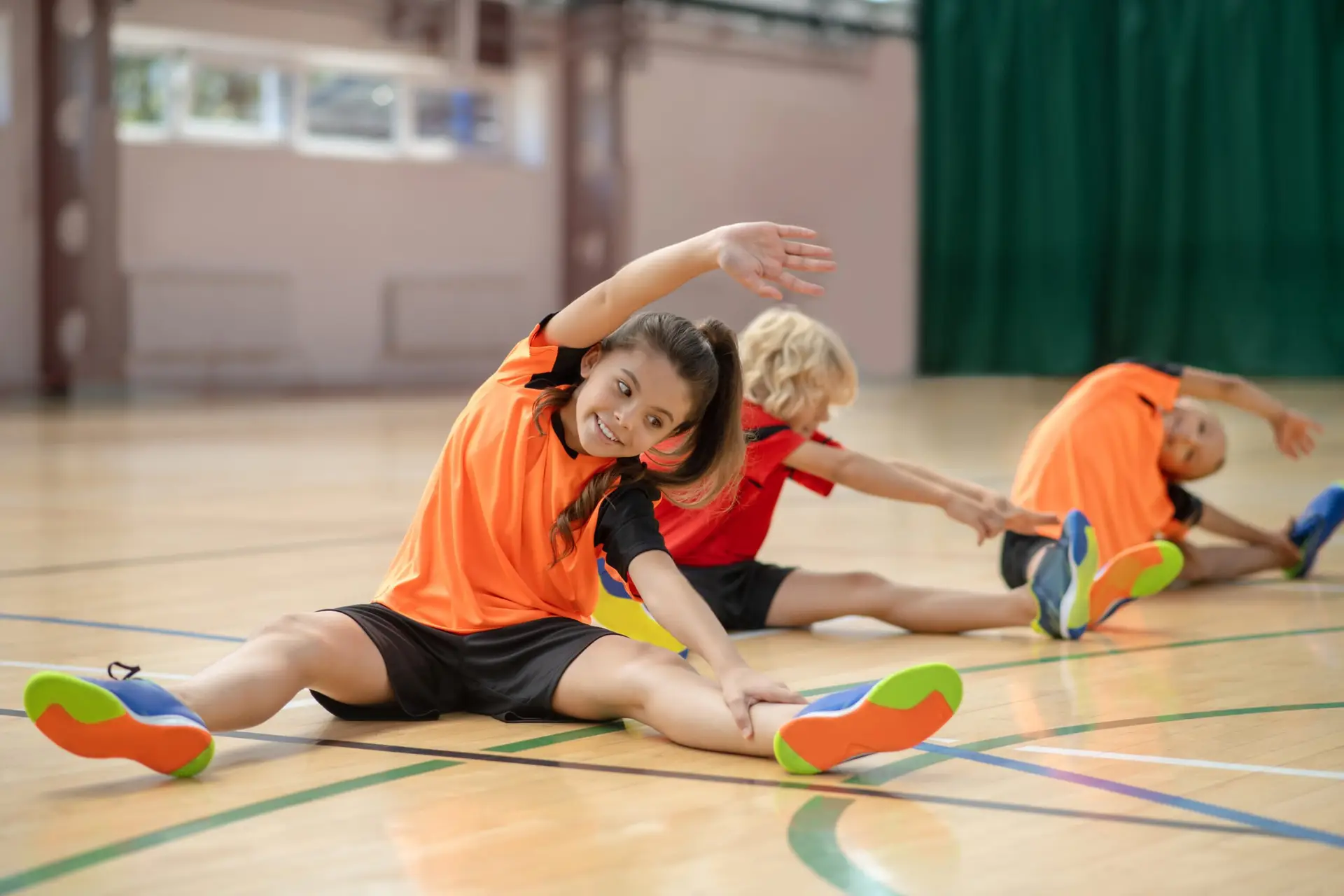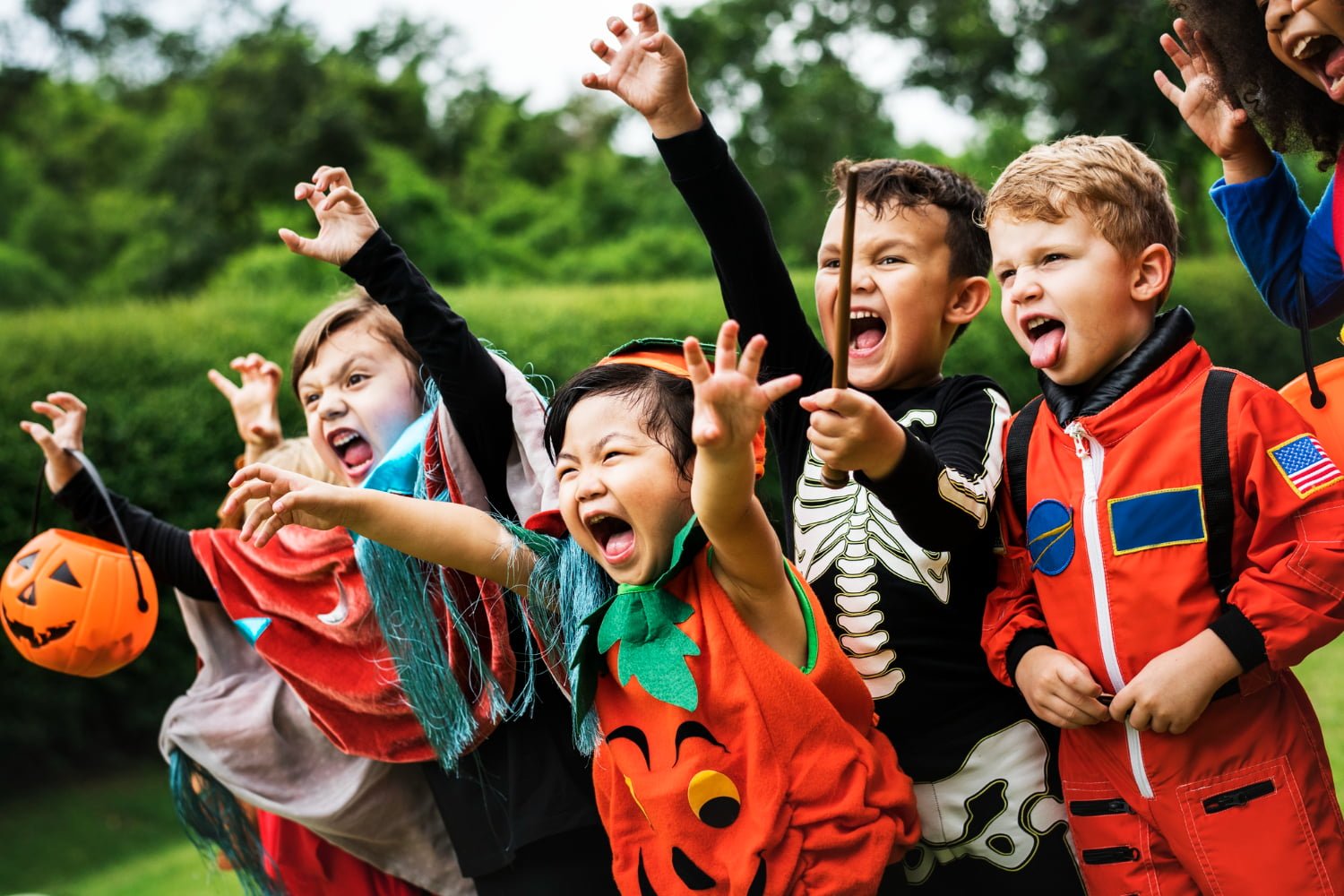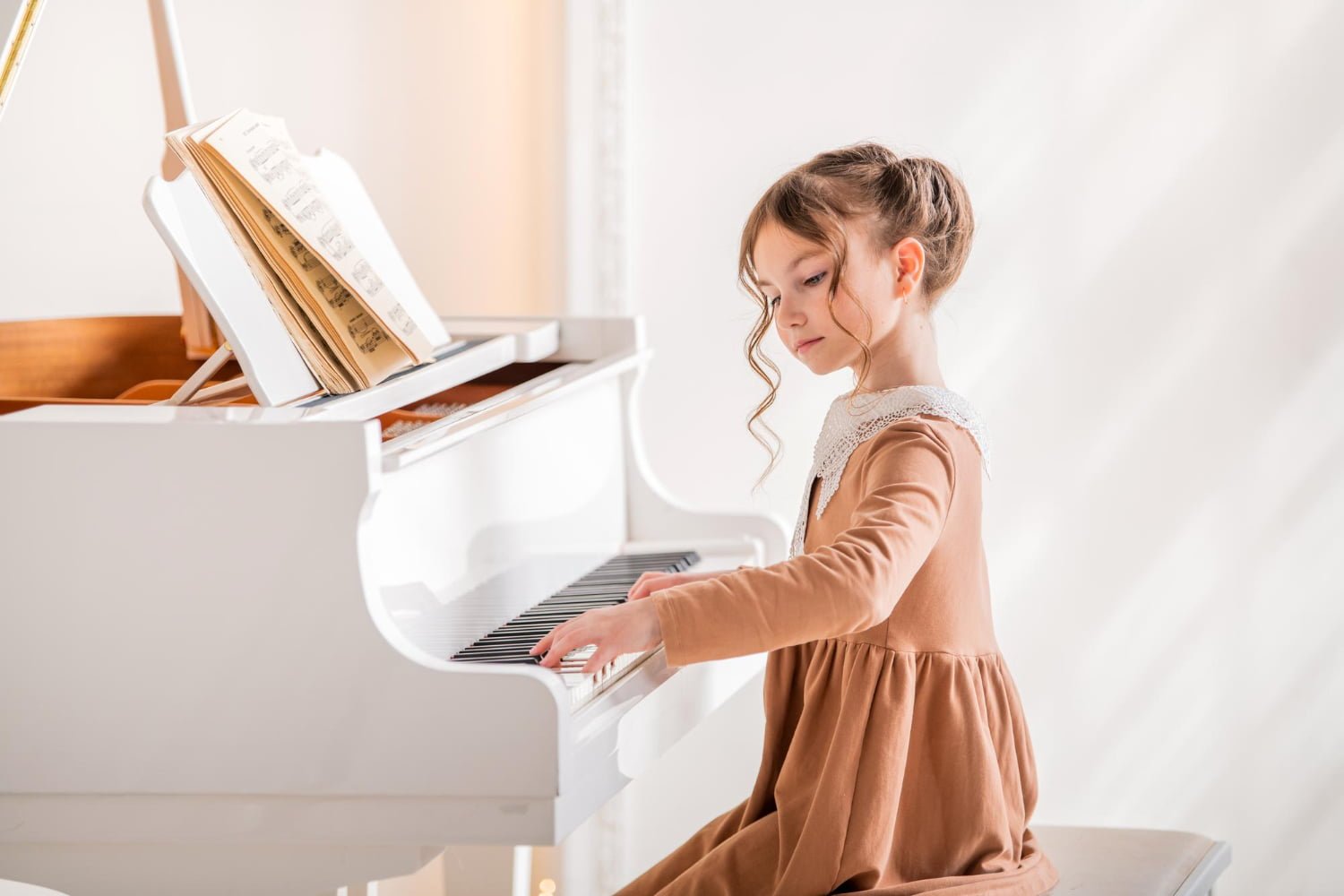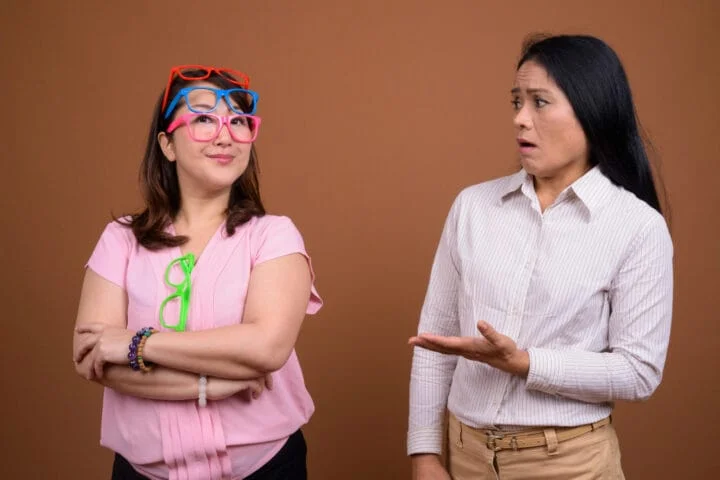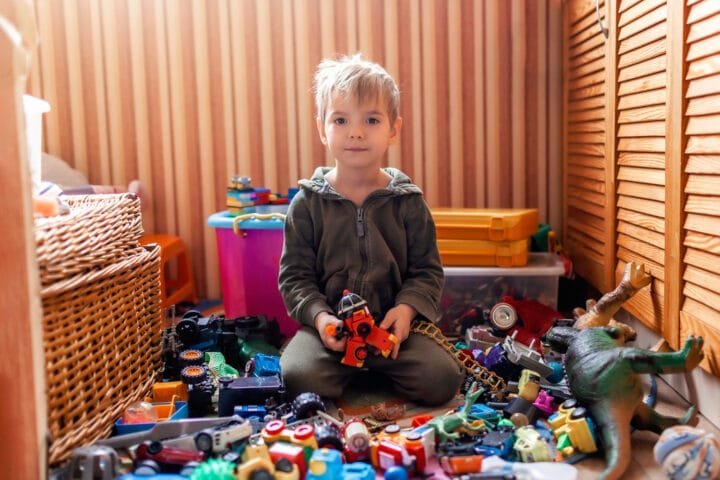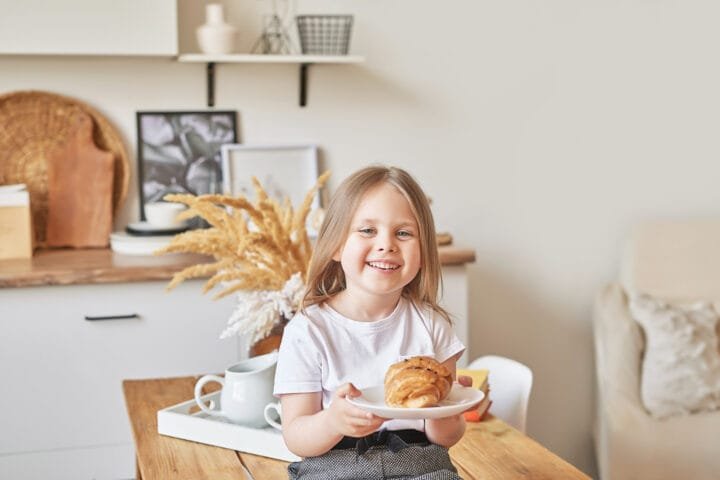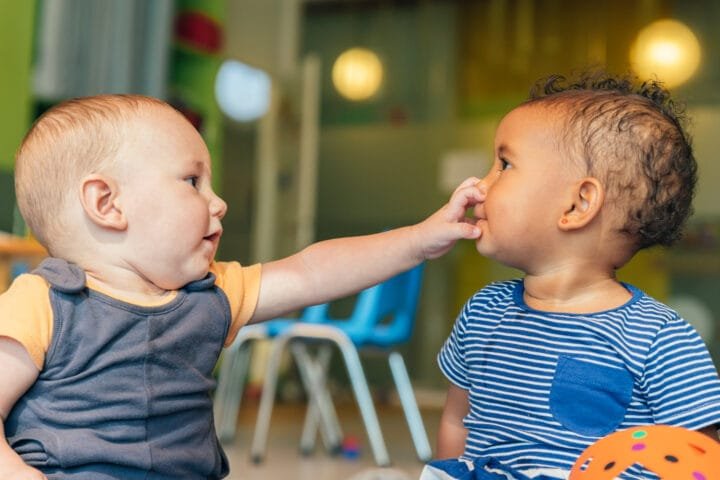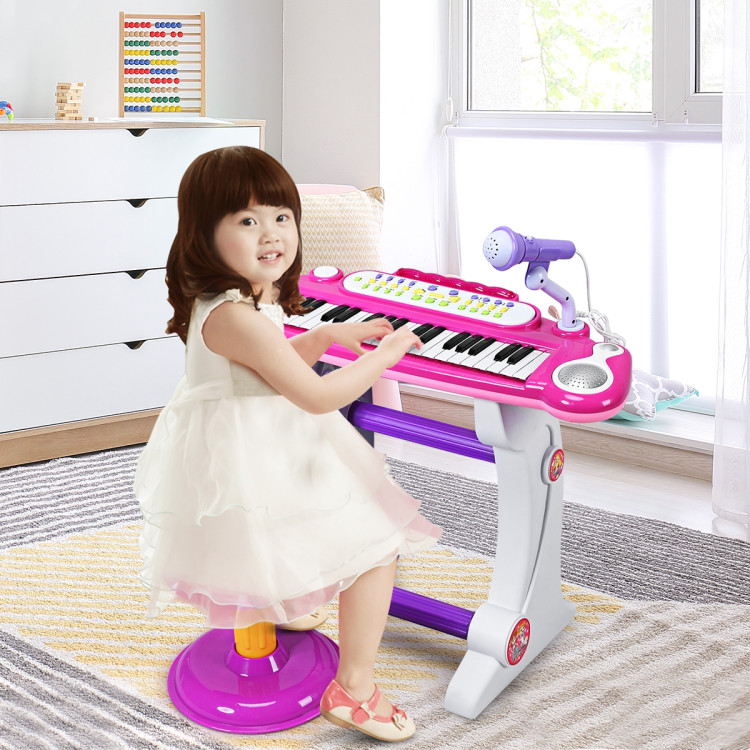Essential Guide: Why Art in Child Development Matters Now More Than Ever
What if I told you that the average child draws more than 800 pictures before kindergarten? It’s a testament to art’s power as a fundamental childhood language. Eight hundred bursts of colour, 800 tales whispered through crayons and paint, 800 tiny windows into a developing mind. They use this vibrant tool to express themselves creatively and develop their personalities. Explore how to nurture children’s artistic spirits to unlock their full potential. We embark on a colourful journey exploring art’s profound impact on children.
Introduction: The Universal Language of Childhood
Do you remember the sheer joy of finger painting or the thrill of building a magnificent block tower in silence? These uninhibited moments of creativity are the language of a child’s imagination, the building blocks of their world. In all its messy, vibrant glory, art is an integral part of the human experience, especially for children. Let’s bring back the fun and excitement of these moments by embracing art in children’s lives, inspiring us to create more of these joyful experiences.
A landmark National Endowment for the Arts study found that kids participating in arts activities do better on standardized tests. Besides improving problem-solving skills, they show better empathy and greater social responsibility. Art isn’t just a kid’s game; it’s essential for a healthy childhood.
Cognitive Development: Building Blocks Through Art
Fine Motor Skills: From Scribbles to Symphonies
It might seem like a simple act, but it is a monumental step in their fine motor development for a toddler grasping a crayon and working tirelessly to control its movements across the page. They strengthen their hand and finger muscles with every scribble, every splash of paint, and every lump of clay they mould, refining their hand-eye coordination and preparing them for future tasks like writing, buttoning clothes, and playing instruments.
It’s a gradual process, like building a house brick by brick. Artistic activities build a foundation, gradually increasing skill and precision. For instance, finger painting can improve handwriting, while creating with blocks can enhance math and science performance. So, let those small hands get messy. The benefits are undeniable.
Problem-Solving and Critical Thinking: Thinking Outside the Crayon Box
Art is not just about following instructions; it’s about exploring possibilities, experimenting, and finding creative solutions. When children stack blocks, they’re not just stacking but also learning about balance, structure, and spatial relationships. They experiment by mixing colours to create different hues. They learn to adapt and improvise when they make a ‘mistake’ in their art. These experiences are the building blocks for their problem-solving skills, reassuring parents and educators about art’s benefits in child development and instilling confidence in the process.
Getting through challenges and finding innovative solutions requires flexible thinking. According to a Thinking Skills and Creativity study, kids who do visual arts have a better ability to think and come up with original ideas. Let your kid think outside the box and embrace the unexpected. Who knows what brilliant ideas they’ll come up with?
Visual-Spatial Reasoning: Seeing the World in 3D
When children draw pictures of their houses, they need to consider the size and position of each element, the relationships between them, and the overall composition of the scene. Art helps them develop visual-spatial reasoning and visualize and manipulate objects. Through this process, children improve their spatial awareness, ability to visualize objects, and understanding complex science and math concepts.
Research shows a strong correlation between visual-spatial skills and STEM success. According to a Michigan State University study, children with solid visual-spatial abilities tend to do better in math and pursue science and engineering careers. By drawing, building, or sculpting, your child expresses themselves and develops the cognitive skills necessary to succeed in the future.
Language and Literacy: Painting a Thousand Words
You might be surprised at how influential art can be on language and literacy development. When kids make art, they naturally want to talk about it. They describe their process, tell stories about their creations, and discuss their interpretations. They can expand their vocabulary, develop narrative skills, and communicate ideas better.
Visual arts, like book illustrations, can help kids understand stories better and stimulate their imagination. For instance, a study published in The Reading Teacher found that visual art significantly improved young kids’ reading comprehension and vocabulary acquisition.
Next time you read a story, tell your kid to draw a picture or act out the scene. By doing so, they can visualize the story, which can improve their understanding and retention of the plot. It’s incredible how art can bring stories to life and interest kids in reading.
Social-Emotional Development: Expressing and Understanding Your Feelings
Emotional Regulation: A Canvas for Big Emotions
When kids have a birthday party or a broken toy, they feel a whirlwind of emotions. Through art, they can express their feelings, process their experiences, and develop coping mechanisms. For instance, imagine a kid painting a picture after a disagreement with a friend. They can use art to express their feelings of anger or sadness, which can be super cathartic for them. By channelling their emotions onto a canvas, they can release tension, understand their feelings, and move forward.
Other examples of using art to express and regulate emotions include drawing a picture of a happy memory to boost mood, or creating a sculpture to represent a fear and then discussing strategies to overcome it.
Children can use art therapy to deal with challenging emotions and experiences, especially when done correctly. A study in the Journal of the American Art Therapy Association found that art therapy reduces anxiety, builds self-esteem, and regulates emotions in children. Let your kids use art to express themselves and deal with life’s ups and downs, whether by painting, drawing, or sculpting.
Self-Awareness and Identity: Discovering “Me” Through Art
When kids make art, they’re not just putting together something beautiful but exploring who they are. Art is a mirror to the soul, reflecting their unique personality, preferences, and inner world. Their identity and what makes them unique slowly develop as they experiment with different styles, colours, and mediums.
This self-discovery fosters self-awareness, builds confidence, and strengthens children’s sense of belonging. Research from the University of Wisconsin-Madison found that children participating in art activities are better able to express themselves. Make sure your child’s art conforms to conventional norms. Their art reflects their unique journey, so celebrate it.
Empathy and Social Skills: Creating Together, Growing Together
Imagine a group of kids working on a mural. Collaborative art projects teach them to share ideas, negotiate, compromise, and appreciate different perspectives. They need to communicate well, listen to each other’s ideas, and work together effectively to accomplish a common goal. This way, they build empathy, cooperation, and better connections with others.
Art is not just about individual expression; it’s about fostering social skills and empathy, giving parents and educators a deeper appreciation for art’s social benefits and a stronger support for its inclusion in children’s lives.
The Journal of Early Childhood Research found that children participating in collaborative art activities demonstrated better social skills. This includes improved communication skills, increased cooperation, and less conflict. It’s a fun and effective way to foster social skills in your child. So, please encourage them to participate in group art projects at school, in the community, or even at home with siblings.
Mindfulness and Self-Soothing: Finding Calm in the Creative Process
In today’s fast-paced world, kids are bombarded with stuff. Art is a place to calm down, focus on the present, and quiet their minds from chatter. Children can find calm amidst chaos by engaging in art, which can be mindful.
Activities like colouring, drawing, or sculpting can reduce stress and promote emotional well-being. A study published in the journal Art Therapy found that art-making can lower cortisol levels (the stress hormone) and increase relaxation and well-being in children.
So, next time your child feels overwhelmed or anxious, encourage them to express themselves creatively. It might be what they need to find their centre.
Cultural and Creative Development: Expanding Horizons
Cultural Awareness: A World of Art at Their Fingertips
Different cultures can be explored through art, a vibrant tapestry woven from diverse traditions, beliefs, and perspectives. Exposing kids to art worldwide broadens their horizons, fosters cultural awareness, and makes them feel like global citizens. Kids can learn about Aboriginal dot paintings, Japanese origami, or African masks. They understand the world better by learning about different cultures, appreciating human expression, and developing a more inclusive worldview.
Art allows kids to learn about different cultures, challenge stereotypes, and better understand the world around them. It’s more critical than ever to be culturally aware. According to the National Art Education Association, students who take part in arts education have a positive attitude toward different cultures. They are more likely to participate in their communities. See how your child’s understanding and empathy blossom as they learn about the diverse art world.
Imagination and Creativity: Nurturing Genius’ Spark
Imagination is born in art, the land of talking animals, magical creatures, and fantastical adventures. When children engage in art, they don’t just create something beautiful; they exercise their imaginations, develop creative problem-solving skills, and build the foundation for innovation.
“Imagination is more significant than knowledge,” Albert Einstein famously said. Knowledge is limited to what we know and understand. Imagination embraces the whole world and everything that will ever be known and understood.” We nurture a child’s imagination through art because the spark of genius will lead to future discoveries, inventions, and breakthroughs.
You’ve got to remember the classic children’s book Where the Wild Things Are. Sendak’s imaginative illustrations take kids to a world of wild rumpus and furry monsters, encouraging them to embrace the boundless realms of their imagination. The ability to imagine is essential for creativity, and this skill is highly valued in today’s rapidly changing world.
Aesthetic Appreciation: Developing an Eye for Beauty
Seeing art makes kids wonder and awe at the world around them. They learn about art elements like colour, form, texture, and composition when they visit different art forms. Kids can appreciate everyday beauty as they grow, from spiderweb patterns to sunset hues.
Because of this appreciation of beauty, people get better, feel happier, and have a deeper connection to the world around them. According to a study in the Psychology of Aesthetics, Creativity, and the Arts, people who do art get happier, more meaningful, and more purposeful. Expose your child to all kinds of art, from classical music to contemporary sculpture, to nurture their aesthetic sensibilities. They’ll see a whole new world.
Risk-Taking and Experimentation: Embracing the Messy Masterpiece
In art, taking risks, making mistakes, and learning from them is OK. Kids know getting messy, trying new things, and embracing the unexpected is OK. This builds resilience, encourages them to step outside their comfort zone, and fosters a growth mindset.
Like learning to ride a bike, there will be wobbles, falls, and scrapes. With each attempt, they gain confidence, learn from their mistakes, and eventually master them. When kids mix colours to create new hues or experiment with different brushstrokes, they know there’s no right or wrong way to make. The process is the reward, and the “mistakes” are usually fun.
Remember the story of the artist who accidentally spilt paint on their canvas and turned it into a masterpiece? These “happy accidents” often spark innovation and creativity. We empower kids to be resilient, adaptable, and innovative by encouraging them to experiment and see mistakes as opportunities.
Practical Applications: Integrating Art into a Child’s World
The Role of Parents and Caregivers: Creating an Art-Rich Environment
Parents and caregivers can foster artistic development. Providing various art materials, displaying children’s artwork, and involving them in art activities together can create an art-rich environment at home. We aim to inspire them, celebrate their efforts, and encourage them to explore different art forms.
Remember, it’s not about creating flawless masterpieces; it’s about exploring, expressing oneself, and enjoying the process. You can turn your kitchen table into a studio, use your backyard to create chalk masterpieces, and use those cardboard boxes to build castles and spaceships.
Here are some practical tips for creating an art-rich environment at home:
Stock up on art supplies: Keep various art materials on hand, such as crayons, markers, paint, paper, clay, scissors, glue, and recycled materials.
Designate a creative space: Create a dedicated art space where children can freely explore their creativity without worrying about messing up.
Display their artwork: Display your child’s creations proudly on the fridge, walls, or in a unique art portfolio. This shows them you value their efforts and encourages them to continue creating.
Engage in art activities together: Make time for family art projects, visit museums and galleries, and attend local art festivals.
Encourage exploration: Expose your child to different art forms, such as music, dance, theatre, and photography.
Art in Education: The Importance of Art Programs in Early Childhood Settings
The arts aren’t a luxury but an essential part of any well-rounded education. School art programs allow kids to learn art history and theory, develop artistic skills, and explore different mediums. Studies show that art education improves academic performance, enhances critical thinking skills, and fosters social-emotional development.
Sadly, when budgets are tight, art programs are often cut. We must advocate for quality art programs in our schools so every kid can access art education.
Here are some ways to support art education at your child’s school:
Volunteer your time: Offer to help with art projects, organize exhibitions, or assist with fundraising.
Donate art supplies: Many schools rely on donations to run their art programs. Consider donating art materials, books, or even your artwork.
Attend school art events: Show your support by attending school art exhibitions, concerts, and plays.
Advocate for art education: Talk to your school administrators and elected officials about art education and encourage them to support art program funding.
Art Therapy: Utilizing Art as a Therapeutic Tool for Children with Special Needs
Art therapy is an excellent way for kids with special needs to express their emotions, communicate their needs, and cope. Art therapists use various techniques to help kids with emotional and behavioural challenges, improve communication skills, and improve their well-being.
Children with autism can benefit from art therapy because it’s sensory-rich and helps them express themselves. Art can also be a safe place for trauma kids to develop coping mechanisms and explore their experiences. By using art, children with learning disabilities can learn in a visual and kinesthetic way that improves their comprehension.
Here are some examples of how art therapy can benefit children with special needs:
A child with autism who struggles with communication might use drawing to express their feelings and needs.
A child with ADHD might find that sculpting helps them focus and channel their energy.
A child who has experienced trauma might use painting to process their emotions and create a sense of control.
Choosing Age-Appropriate Activities: Providing Art Experiences that Align with Developmental Stages
Choosing art activities appropriate for a child’s age and developmental stage is critical. Toddlers might enjoy simple activities like finger painting or playing with playdough.
Older children might be ready for more complex projects like drawing, painting, or sculpting. Consider their interests, abilities, and attention span when selecting art activities.
Here’s a general guideline:
Toddlers (1-3 years): Focus on sensory exploration with activities like finger painting, playdough play, and exploring different textures.
Preschoolers (3-5 years): Encourage imaginative play with activities like drawing, painting, building with blocks, and creating collages.
School-aged children (6-12 years): Introduce more complex techniques like sculpting, printmaking, and mixed-media art. Please encourage them to explore different art styles and learn about art history.
Remember, the most significant thing is providing a supportive and encouraging environment where children can express themselves freely and enjoy creating art.
Conclusion: A Lifelong Gift
We empower children with crucial skills for life success by nurturing their artistic development. Art is more than just a pretty picture; it’s a powerful tool that shapes young minds and voices. It’s a gift that keeps giving, enriching their lives and shaping their future. It fosters creativity, enhances cognitive abilities, fosters emotional intelligence, and cultivates cultural awareness.
Empowering the next generation
It’s time to champion art education for all children and let them express themselves, experiment, and embrace their creative potential.
FAQs
All forms of artistic expression can be beneficial! Painting, drawing, sculpting, music, dance, and imaginative play contribute to a child’s cognitive, social-emotional, and creative growth. The key is providing various experiences and letting children explore what interests them.
Create an art-rich environment! Stock up on art supplies, designate a creative space, and display their artwork proudly. Engage in art activities together, visit museums, and expose them to different art forms. Most importantly, encourage their creativity and celebrate their efforts.
Absolutely! Research shows that children who engage in art activities perform better academically, particularly in reading and math. Art enhances cognitive skills like problem-solving, critical thinking, and visual-spatial reasoning, essential for success in all subjects.
Art provides a safe outlet for expressing and processing emotions. It can help children cope with stress, anxiety, and even trauma. Art therapy, in particular, utilizes creative techniques to help children navigate emotional challenges and develop coping mechanisms.
Consider your child’s age, interests, and developmental stage. Toddlers enjoy sensory exploration with finger paints and playdough, while older children may prefer drawing, painting, or sculpting. The most important thing is to provide a supportive and encouraging environment where they can express themselves freely.
Related Posts


